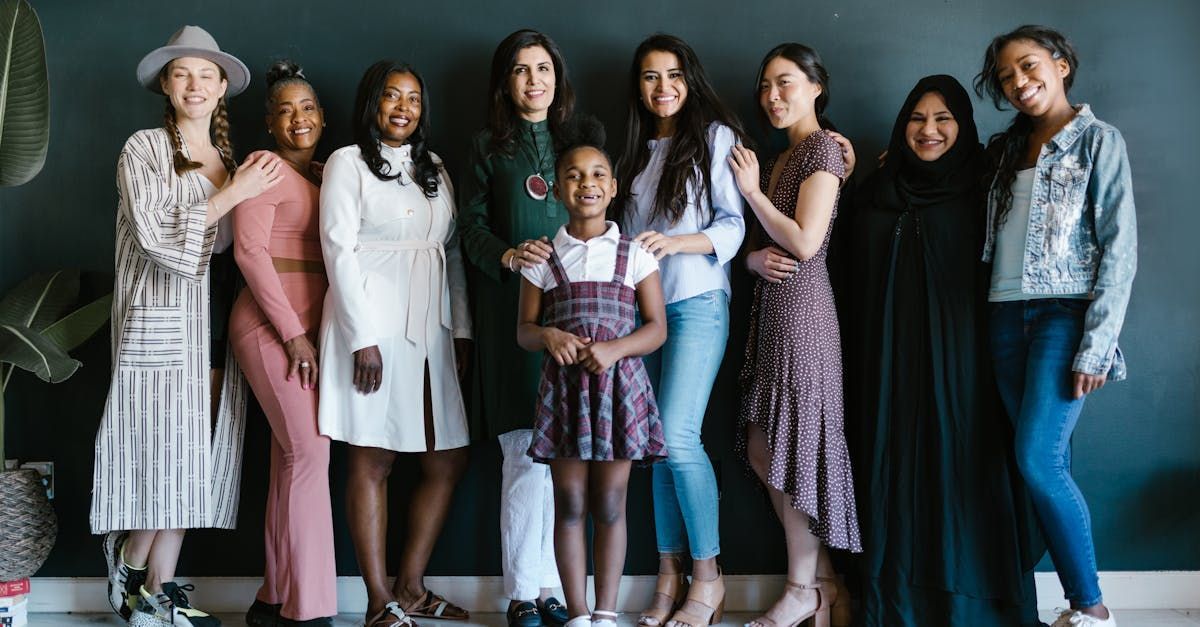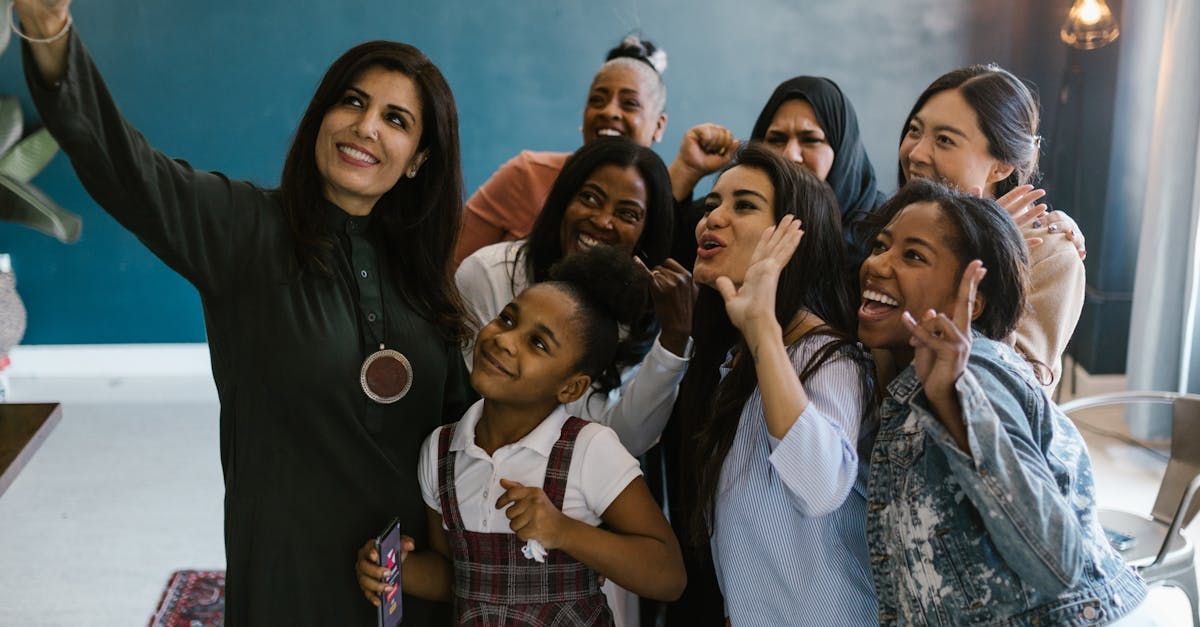BACKGROUND
Examples in Europe of Islamic Women Veil Bans
Bans on the burqa, a full body covering with mesh around the eyes, and the niqab, a face veil which leaves a slit for the eyes, were first introduced in France back in 2011. Full or partial bans on face coverings have since also been enforced in Austria, Belgium, Bulgaria, Denmark, Italy, the Netherlands, Germany, Italy, and Spain.
There is also the Chador, which is a large cloth worn as a combination head covering, veil, and shawl, but face can be uncovered or covered with slit for the eyes, in such as Iran.
This year, 2025, Switzerland federal law began prohibiting face coverings in public spaces, including Muslim garments, such as burqas (full body, face and hair covering) and niqabs (face covering).
The Swiss law includes exceptions for health, cold weather, carnival events, religious worship in designated areas, airline travel, and certain diplomatic or performance-related circumstances.
These countries, however, also ban face coverings like balaclavas at protests and at sporting events, which is not our policy.
Central Asian Bans on Muslim Women Veils
(in Muslim Faith countries)
Uzbekistan banned the wearing of face coverings (niqab) in public, with exceptions that did not include religious clothing.
Kazakhstan has already prohibited the hijab (head / hair covering) in schools and said it might expand the ban.
Meanwhile, Kyrgyzstan has proposed fines for women wearing Islamic niqabs (face covering).
Emancipation of Muslim Women
Veil is not a cultural nor religious requirement according to Islam
..."modern-day movement, codified by Iran, Saudi Arabia, Taliban Afghanistan and the Islamic State, has erroneously made the Arabic word hijab synonymous with “headscarf.” This conflation of hijab with the secular word headscarf is misleading. “Hijab” literally means “curtain” in Arabic. It also means “hiding,” ”obstructing” and “isolating” someone or something. It is never used in the Koran to mean headscarf.
..."in interpretations from the 7th century to today, theologians, from the late Moroccan scholar Fatima Mernissi to UCLA’s Khaled Abou El Fadl, and Harvard’s Leila Ahmed, Egypt’s Zaki Badawi, Iraq’s Abdullah al Judai and Pakistan’s Javaid Ghamidi, have clearly established that Muslim women are not required to cover their hair."...
..."The new
Muslim Reform Movement, a global network of leaders, advocating for human rights, peace and secular governance, supports the right of Muslim women to wear — or not wear — the headscarf."...
..."Today, in the 21st century, most mosques around the world ... deny us, as Muslim women, our Islamic right to pray without a headscarf, discriminating against us by refusing us entry if we don’t cover our hair. Like the Catholic Church after the Vatican II reforms of 1965 removed a requirement that women enter churches with heads covers, mosques should become headscarf-optional, if they truly want to make their places of worship “women-friendly.”...
..."need to clarify to those in universities, the media and discussion forums that in exploring the “hijab,” (the Muslim women's veil) they are not exploring Islam, but rather the ideology of political Islam as practiced by the mullahs, or clerics, of Iran and Saudi Arabia, the Taliban in Afghanistan and the Islamic State."...
The veil by such extremists is the sexism that ..."“the woman is awrah,” or forbidden, an idea that leads to the confinement, subordination, silencing and subjugation of women’s voices and presence in public society."...
The author of the below article quotes the Koran to show the veil is subjugation of women ..."The word hijab, or a derivative, appears only eight times in the Koran as an “obstacle” or “wall of separation” (7:46), a “curtain” (33:53), “hidden” (38:32), just a “wall of separation” (41:5, 42:52, 17:45), “hiding” (19:14) and “prevented” or
“denied access to God” (83:15). "...
Example of modern Muslim women from history rejecting the veil covering of hair and face ..."In 1919, Egyptian women marched on the streets demanding the right to vote; they took off their veils, imported as a cultural tradition from the Ottoman Empire (the Turks), not a religious edict. The veil then became a relic of the past."...
Modern Muslim women say they..."are trying to reclaim (their) religion from the prongs of a strict interpretation. ... (Muslim women) ..."are witnessing attempts to make this strict (compulsory veil) ideology the one and only accepted face of Islam."...
Author is within the
Muslim Reform Movement whose aims include..."support equal rights for women, including equal rights to inheritance, witness, work, mobility, personal law, education, and employment. Men and women have equal rights in mosques, boards, leadership and all spheres of society. (They) reject sexism and misogyny."...
Source of information Washington Post USA
https://www.washingtonpost.com/news/acts-of-faith/wp/2015/12/21/as-muslim-women-we-actually-ask-you-not-to-wear-the-hijab-in-the-name-of-interfaith-solidarity/

